Application of Uncertainty Analysis to Ecological Risks of Pesticides
Introduction and Objectives, A. Hart, D. Farrar, D. Urban, D. Fischer, T. La Point, K. Romijn, and S. Ferson Introduction Variability and Uncertainty Importance of Variability and Uncertainty in Risk Assessment Current Methods for Dealing with Variability and Uncertainty Are Inadequate Variability and Uncertainty Hinder the Regulatory Process Understanding Uncertainty and Variability Is Critical When Developing a Credible Risk Assessment Quantitative Analysis of Variability and Uncertainty Can Help When Is Quantitative Analysis of Variability and Uncertainty Required? What If the Bounds Are Very Wide? Need for Consensus on Appropriate Methods Workshop Objectives and Key Issues References Problem Formulation for Probabilistic Ecological Risk Assessments, A. Hart, S. Ferson, J. Shaw, G. W. Suter II, P. F. Chapman, P. L. de Fur, W. Heger, and P. D. Jones Introduction Main Steps in Problem Formulation Integration of Available Information for Probabilistic Assessments Definition of Assessment Endpoints for Probabilistic Assessments Definition of Assessment Scenarios Developing Conceptual Models for Probabilistic Assessments Analysis Plans for Probabilistic Assessment References Issues Underlying the Selection of Distributions, D. Farrar, T. Barry, P. Hendley, M. Crane, P. Mineau, M. H. Russell, and E. W. Odenkirchen Introduction Technical Background Some Practical Aspects of the Selection of Univariate Distributions Using Scanty and Fragmentary Data References Monte Carlo, Bayesian Monte Carlo, and First-Order Error Analysis, W. J. Warren-Hicks, S. Qian, J. Toll, D. L. Fischer, E. Fite, W. G. Landis, M. Hamer, and E. P. Smith Introduction Practical Aspects of a Monte Carlo Analysis Mathematical and Statistical Underpinnings of Monte Carlo Methods Bayesian Monte Carlo Analysis First-Order Error Analysis A Monte Carlo Case Study: Derivation of Chronic Risk Curves for Atrazine in Tennessee Ponds Using Monte Carlo Analysis Conclusions References The Bayesian Vantage for Dealing with Uncertainty, D. A. Evans, M. C. Newman, M. Lavine, J. S. Jaworska, J. Toll, B. Brooks, and T. C. M. Brock Introduction Conventional (Frequentist) Inference Methods Experiments Change the State of Knowledge Rules of Probability Bayes's Theorem Examples Relevant to Uncertainty in Risk Assessment Quantifying Plausibility of a Cause-Effect Model Conclusion References Bounding Uncertainty Analyses, S. Ferson, D. R. J. Moore, P. Van den Brink, T. L. Estes, K. Gallagher, R. O'Connor, and F. Verdonck Introduction Robust Bayes Probability Bounds Analysis Numerical Example How to Use Bounding Results Seven Challenges in Risk Analyses What Bounding Cannot Do Example: Insectivorous Birds' Exposure to Pesticide Conclusion Appendix References Uncertainty Analysis Using Classical and Bayesian Hierarchical Models, D. R. J. Moore, W. J. Warren-Hicks, S. Qian, A Fairbrother, T. Aldenberg, T. Barry, R. Luttik, and H.-T. Ratte Introduction Variability and Uncertainty Simple 2nd-Order Monte Carlo Analysis Case Study Bayesian Hierarchical Modeling References Interpreting and Communicating Risk and Uncertainty for Decision Making, J. L. Shaw, K. R. Tucker, K. Aden, J. M. Giddings, D. M. Keehner, and C. Kriz Introduction Participants in Risk Communication Communicating Uncertainty to Stakeholders and Participants Process for Communication Risk Assessor and Decision Maker Roles and Responsibilities Communication of Uncertainty for Regulatory Decision Making References How to Detect and Avoid Pitfalls, Traps, and Swindles, G. Joermann, T. W. La Point, L. A. Burns, J. P. Carbone, P. D. Delorme, S. Ferson, D. R. J. Moore, and T. P. Traas Introduction Meaningful Problem Formulation Suitability of Input Data Parameterization of the Distribution of Input Variables Correlations and Dependencies Model Uncertainties Software Tools and Computational Issues Presentation and Interpretation of Results Conclusions References Conclusions, A. Hart, T. Barry, D. L. Fischer, J. M. Giddings, P. Hendley, G. Joermann, R. Luttik, D. R. J. Moore, M. C. Newman, E. Odenkirchen, and J. L. Shaw Introduction Which Methods of Uncertainty Analysis Are Appropriate under What Circumstances? What Are the Implications of Probabilistic Methods for Problem Formulation? How Can Uncertainty Analysis Methods Be Used Efficiently and Effectively in Decision Making? When and How Should We Separate Variability and Uncertainty? How Can We Take Account for Uncertainty Concerning the Structure of the Risk Model for the Assessment? How Should We Select and Parameterize Input Distributions When Data Are Limited? How Should We Deal with Dependencies, Including Nonlinear Dependencies and Dependencies about Which Only Partial Information Is Available? How Can We Take Account of Uncertainty When Combining Different Types of Information in an Assessment (e.g., Quantitative Data and Expert Judgment, Laboratory Data, and Field Data)? How Can We Detect and Avoid Misleading Results? How Can We Communicate Methods and Outputs Effectively to Decision Makers and Stakeholders? What Are the Priorities for Further Development, Implementation, and Training? References Glossary
{{comment.content}}

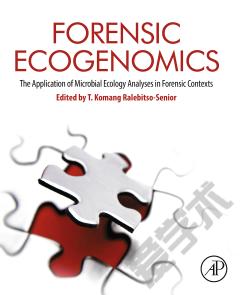
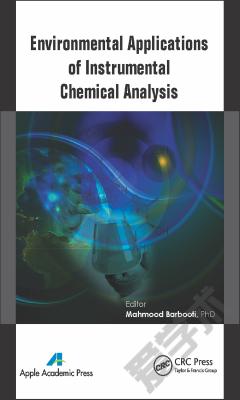
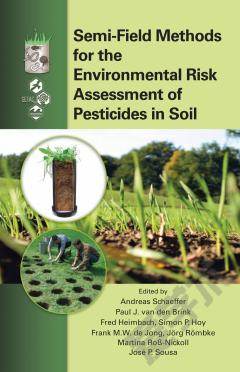
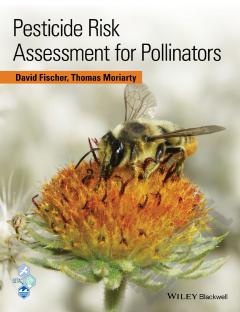
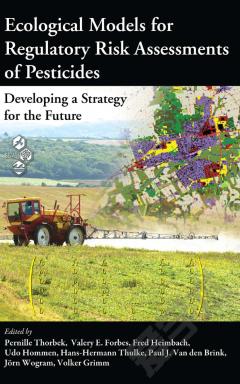
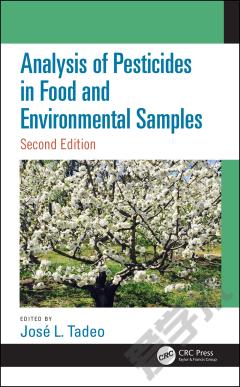

 京公网安备 11010802027623号
京公网安备 11010802027623号